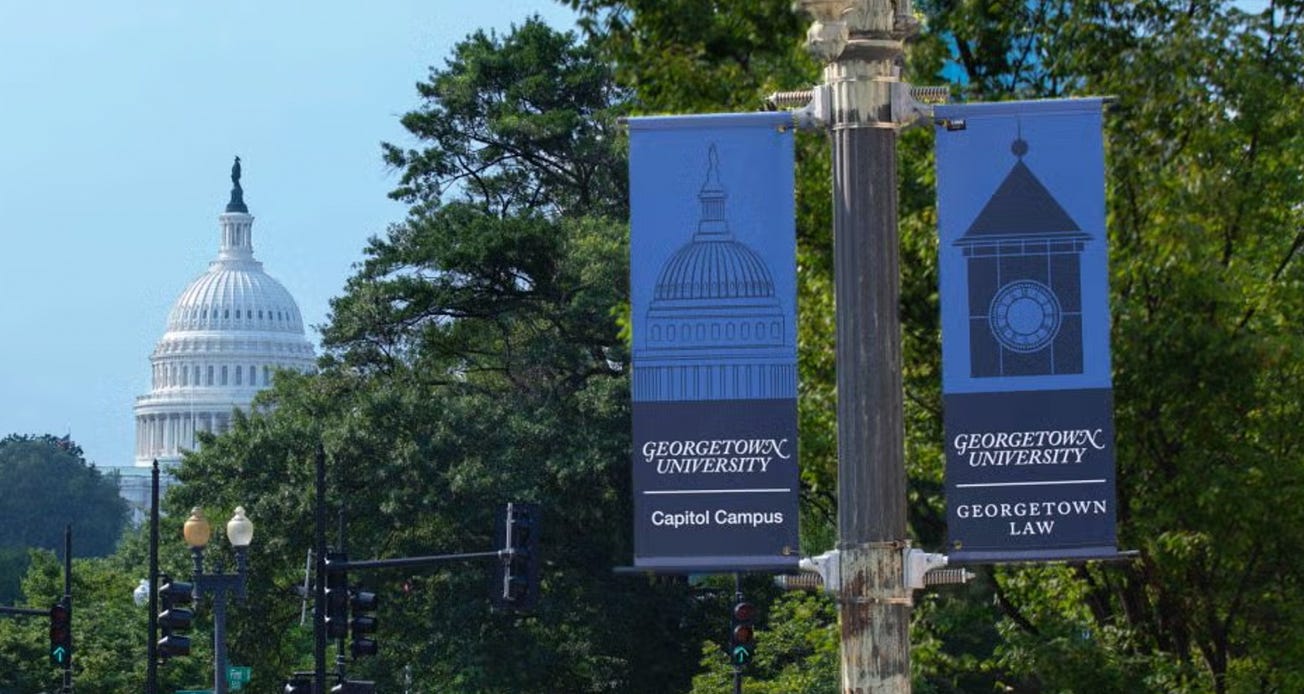The pope’s changes Tuesday to the Church’s canon law could signal a shift in a long-rumbling dispute between the Vatican and the U.S. bishops, and possibly even a rare Roman climbdown, as bishops and the Vatican remain at loggerheads over a set of draft guidelines for the formation of seminarians.
The new canonical norms modify the kind of oversight the Vatican gives to national norms for priestly formation, and the change, though small, might provide a way out of a complex negotiation between Rome and the U.S. bishops’ conference.
Assegnare alcune competenze, issued Tuesday by Pope Francis, made a number of changes to the codes of canon law for the Latin and Eastern Churches, geared towards affirming and serving the principle of subsidiarity.
But if the reasons for the legal changes are general, that doesn’t mean they won’t have particular effects, in some cases right away — including on the impasse over priestly formation policy.
Among changes made by the pope on Tuesday was to canon 242 §1, which deals with national bishops’ conferences’ obligation to produce a “program of priestly formation” — a set of norms and guidelines which make concrete the Vatican’s requirements on the formation of seminarians.
Those programs of priestly formation have required, until Tuesday, the “approval” of the Vatican. Now they require simple “confirmation.” The change isn’t semantic, it’s legal, and could bear directly on a simmering dispute between the U.S. bishops and Rome.
For several years now, the USCCB has been at an impasse with the Congregation for Clergy over their draft of a sixth edition of their own PPF. Central to the dispute is Rome’s requirement for an initial “propaedeutic” period of formation, focused on human and spiritual formation, take place separately from academic studies.
Key concerns for some of the U.S. bishops have been the extra time and resources it would require for training seminarians, and how the new requirements for a separate period of personal formation would fit with enrollment requirements necessary for seminarians’ status as students at academic institutions — and how they would fit with the student visas obtained by immigrants seminarians across the country.
The resulting delay left the bishops more than three years behind their planned schedule for publishing the new PPF. During the last USCCB meeting in November, the bishops voted to adopt Rome’s changes to their draft, over the objections of conference leadership. It was a move many expected would see the matter finally draw to a close, with the final text sent to Rome for formal canonical approval before the year’s end.
But that didn’t happen — no final text was sent or approved. Instead, after an apostolic visitation of the congregation, the senior Vatican official in charge of dealing with seminaries was reassigned out of Rome last month and not replaced.
That would have been a longshot play last month, with the Vatican near certain to simply reject (again) any draft which didn’t conform to its requirements for a propaedeutic period. At best it would have bought the American bishops another year, even though they are already working on borrowed time.
But now, following Tuesday’s changes to canon 242, there is suddenly all to play for. The difference in canon law between Roman “approval” and “confirmation” isn’t nothing.
In 2017, Pope Francis issued the motu proprio Magnum principium, which changed the wording of canon 838, giving bishops’ conferences more freedom on liturgical translations and “more radical” adaptations of the liturgy. What changed there? In place of the requirement for a recognitio from the Vatican, new translations now require only “confirmation” from Rome.
Confirmation, the Congregation for Divine Worship explained at the time, is given after Rome is satisfied with “the legitimacy of the approval procedure followed by the Episcopal Conferences” and “is therefore not to be considered as an alternative intervention in the process.” Instead, Vatican confirmation is “ordinarily granted based on trust and confidence.”
So, what does this mean for the U.S. bishops’ PPF draft?
If the bishops’ committee does decide to tinker with the last draft passed by the USCCB in November, perhaps stripping out some of the congregation’s “suggested” amendments, and put it to another vote later this year, Rome have effectively signaled it shift to a much less intrusive ratification process — one much more deferential to the bishops.
The could mean the U.S. bishops will finally see the sixth edition of the PPF approved — three years late, but giving them flexibility to bend Rome’s requirement for an initial propaedeutic period.
It would be a rare win for the USCCB in Rome, but one that the pope’s canonical changes seemed designed to encourage.





